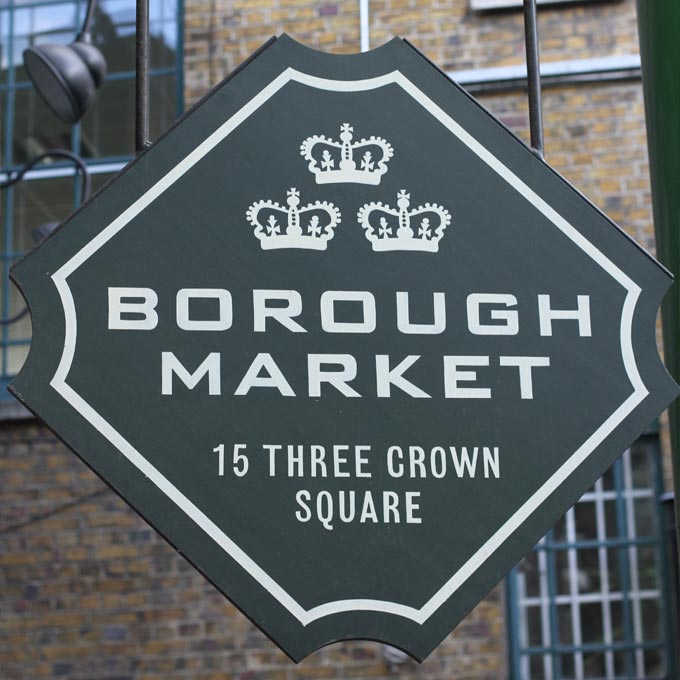Eight people lost their lives and 48 were injured. But this will never define Borough Market. The stories of selfless heroism as unarmed people faced down the terrorists and prevented worse atrocities are extraordinary. And the the determination of the market to quickly get back to its hustling and bustling best show the spirit of the area.
After all, a market has stood on the site for over 1,000 years and it will take more than a small bunch of demented killers to stop it now.
It has been a colourful history for the site. Warring, King Ethelread the Unready being chased out of London by Danish warrior-king Sweyn Forkbeard, then returning and taking charge with hordes of brutal mercenaries. Then, as the influence of Southwark and its market trading to travellers, the authorities tried to get in on the action by regulating and profiting from the markets. Naturally this was not popular with the traders!
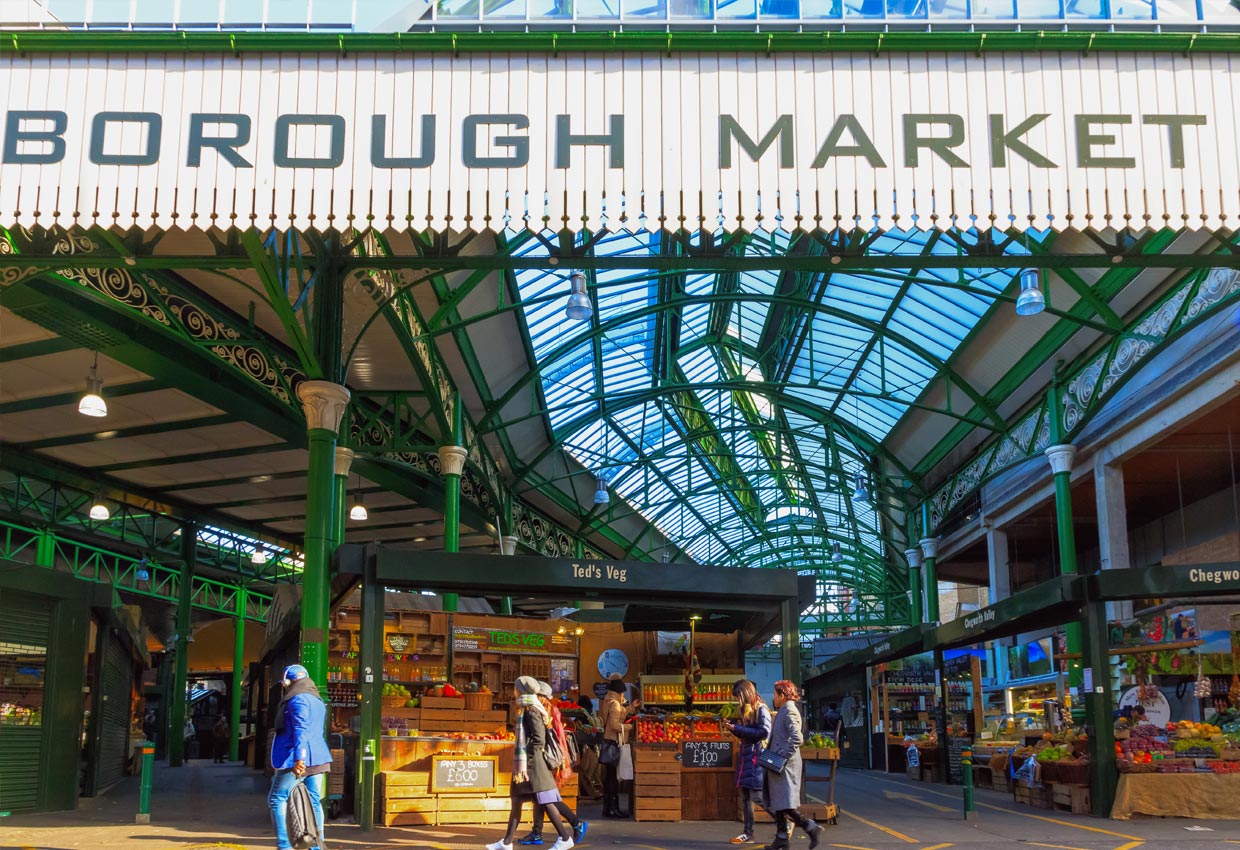
Borough Market
Stock Photograph
But by 1406 the City was exerting control and effectively Southwark became an extension of London itself. In the 1460’s Southward Fair was added to the calendar – a riotous three day event to be held every September.
And in April 1550 King Edward VI sold Southward to the City and additional marketing days were extended to include Monday and Saturday.
As London grew inexorably so the chaos and bedlam surrounding the market and its road cause increasing consternation for those in power.
With the market literally obstructing the path of City-bound traffic and therefore trade and commerce in the capital, parliament declared the Southwark market had to stop trading by April 25th 1756.
Southwark residents countered this by lobbying for a new market, independent of the City, but one that would not get in the way of the thoroughfare.
This was achieved in 1756 and this remains the market as we now know it.
Its fortunes have ebbed and flowed with the growth of supermarkets and the establishment of the New Covent Garden Market at Vauxhall in the 1970’s causing a decline from it bustling heyday. But the 1990’s boom in artisan foods led to a rebirth and revitalising.
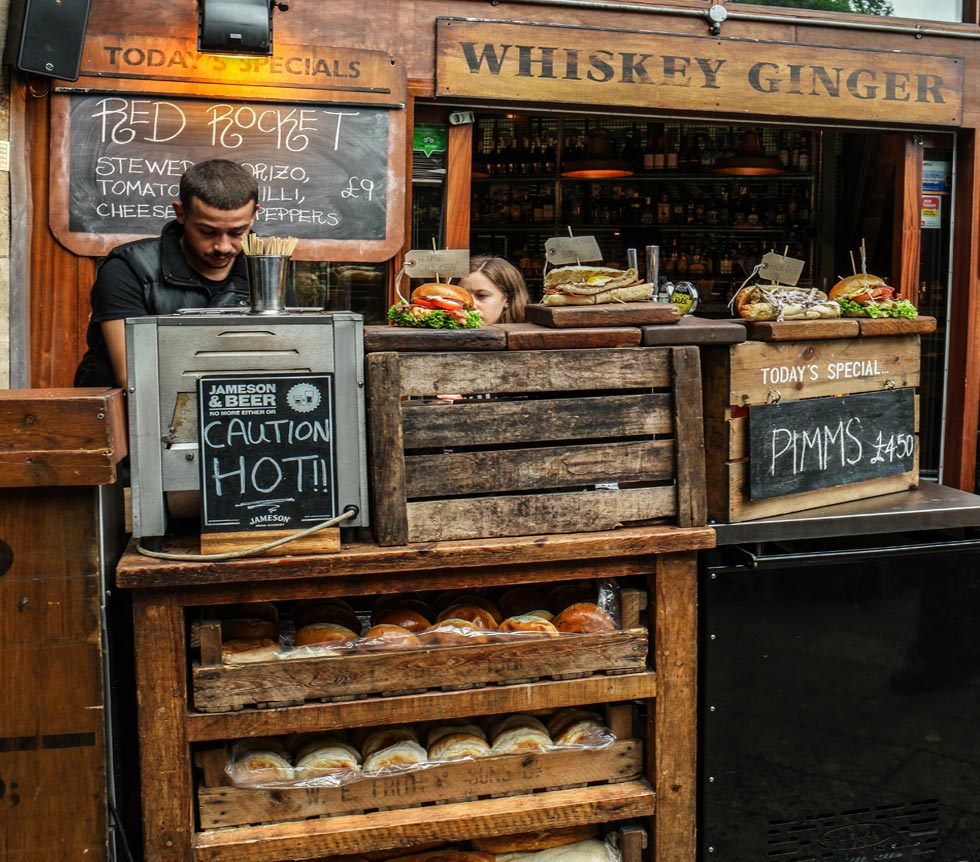

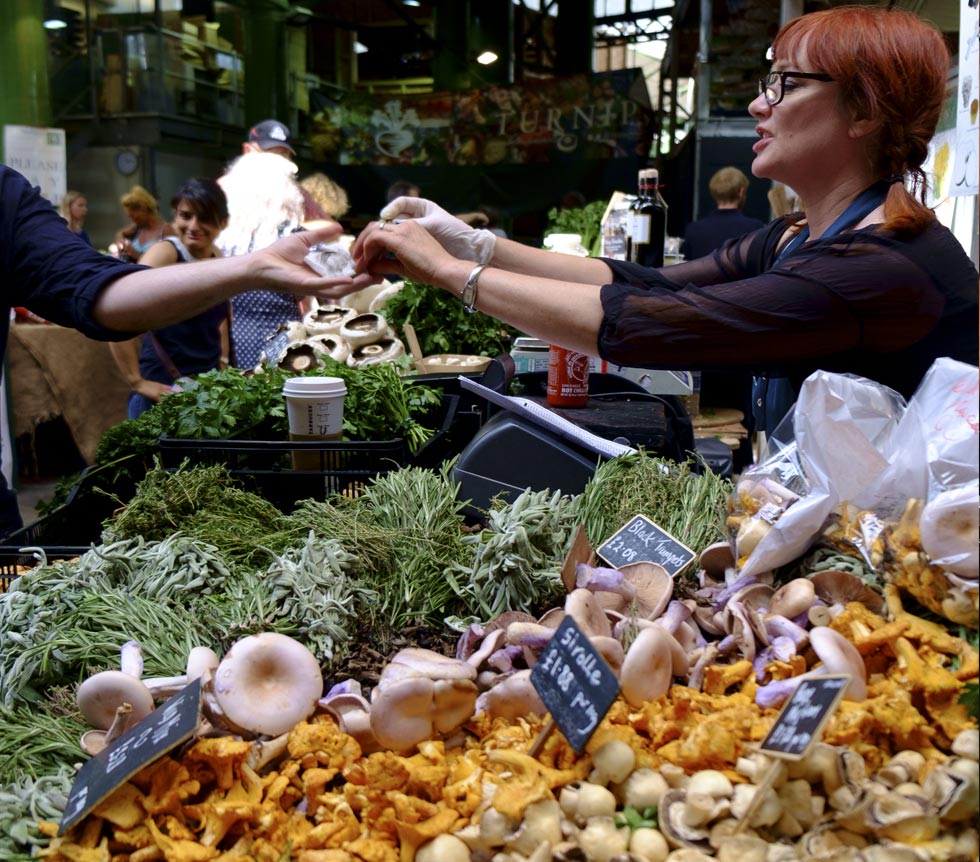
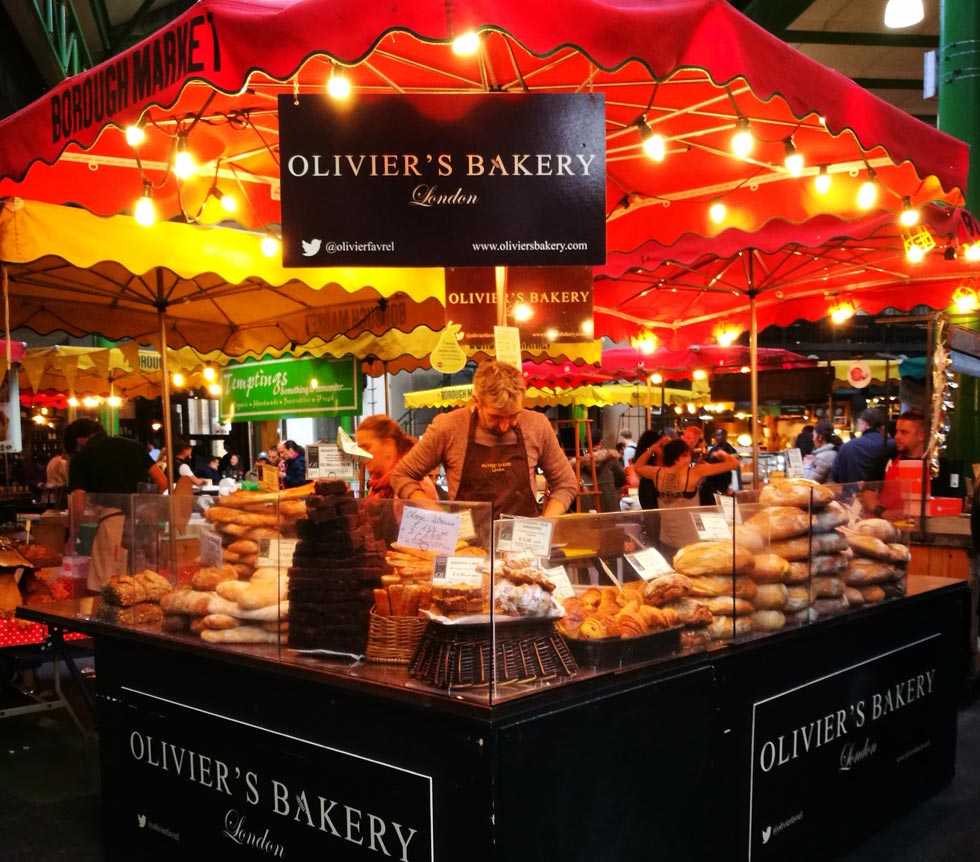
Its history has seen 100’s of years of turbulence, growth, chaos, mismanagement, bedlam, downturns in fortune, re-invention, political interference, Royal involvement and, most recently, a murderous, terrorist atrocity met by extraordinary acts of selfless heroism. Any visit to Borough Market is now tinged with poignancy, but it is no stranger to the extremes of circumstances, events and human behaviour, and it remains the most vibrant, exciting and captivating of ancient trading sites.

